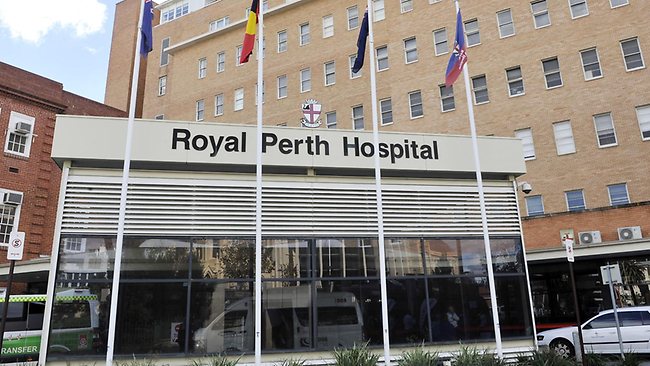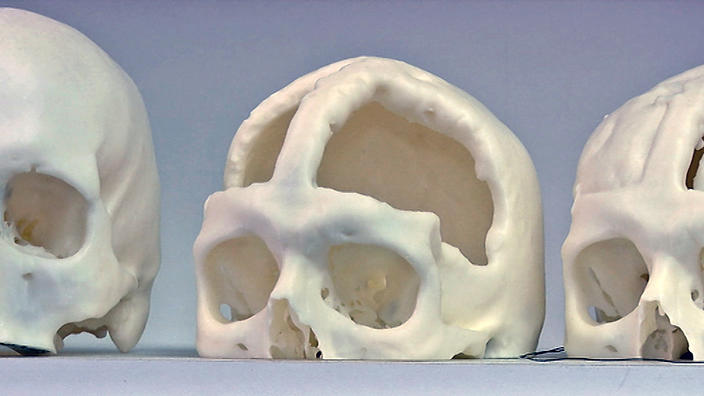The human brain is a fragile and powerful tool, and is also fully dependent on a sturdy skull to keep it secure and intact. Unfortunately for some, there is a need for cranial reconstruction on people who were either born with a skull-related deficiency or critically injured in the head area. 3D printing has shown itself to be a potential game-changer in this regard; we have already witnessed successful titanium mesh skull replacements for one Chinese farmer and even a three-year-old girl born with congenital hydrocephalus. Now, researchers out of Western Australia are developing a new advanced 3D printing method that involves reconstructing the human skull from stem cell cultures.
The project, which is taking place within the Royal Perth Hospital and is being funded by the State Government, will provide their patients with damaged or surgically removed skull fragments with a high-quality cranial reconstruction surgery. The 3D printed stem cell-based skull replacement can potentially increase the success rate and the post-surgical quality of life of patients who require this intensive surgery.
The Western Australian government has selected the hospital research team’s project as one of nine grant applicants to receive nearly $2 million in funding, helping the staff get to the point where they are preparing to use this advanced project in an actual surgery. This certainly isn’t the first time we’ve seen bioprinting with stem cell cultures, yet the application of this advanced technology applied by the Royal Perth Hospital research team is one of the first major uses for this recently developed process. “This project highlights some of the innovative and groundbreaking research that is under way in WA’s public health system, and the commitment of the Government to supporting this crucial work,” said Health Minister Kim Hames.
As research on these 3D printed stem cell cultures continues to unfold, the Royal Perth Hospital research team is working towards improving the outcome of these cranial reconstructive surgeries, while simultaneously increasing the cost-efficiency of this advanced method. The Western Australian government’s 2015 Research Translation Project (RTP) is geared to provide two years worth of project funding to the team. Hopefully this will be enough time for this surgical solution to become both widely successful and easily affordable.




